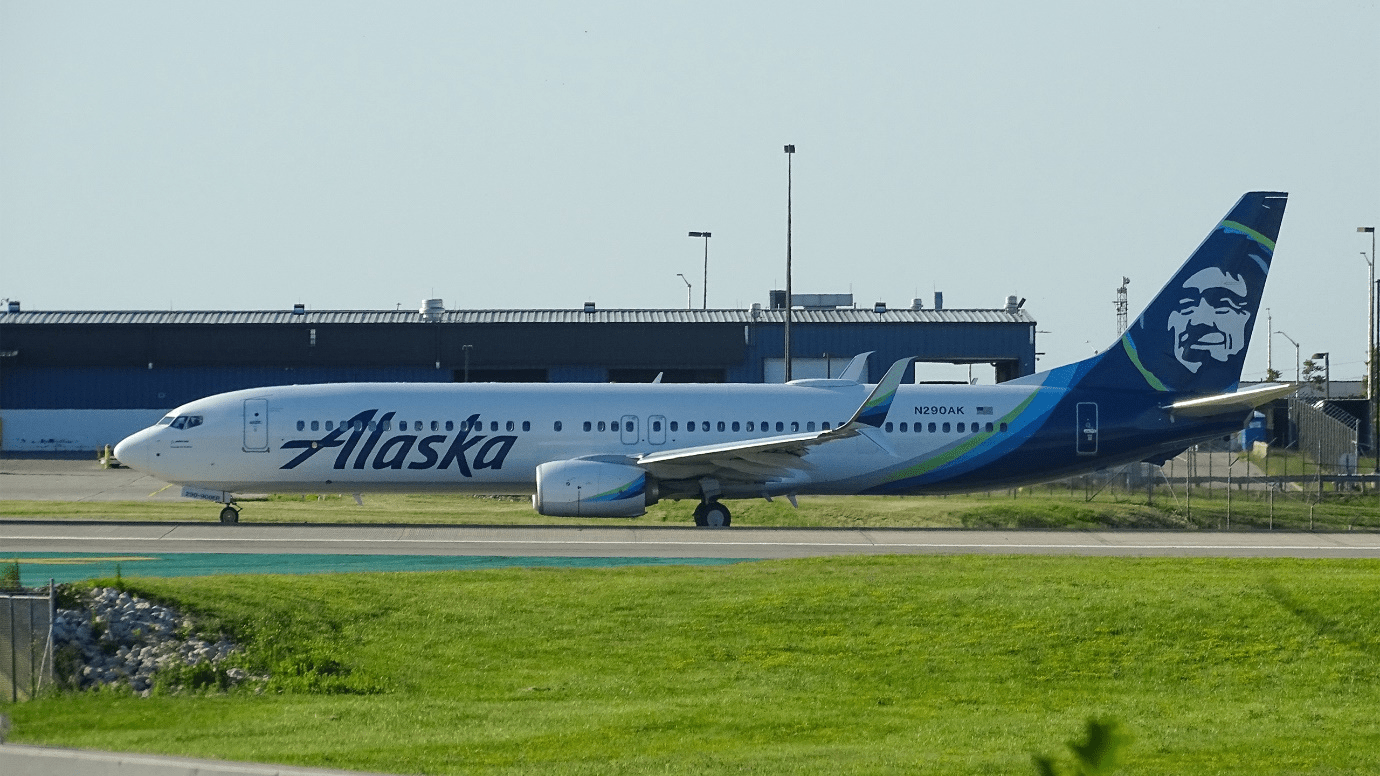

March 25, 2022: -Alaska Airlines is turning two of its midlife Boeing 737-800s into cargo planes, a bet that the pandemic boom in air freight will continue to generate revenue even after more passengers return to travel.
The Seattle-based airline, the country’s fifth-largest, already has three smaller Boeing 737-700s dedicated solely to air freight. It’s a small number for a carrier whose mainline fleet stood at 217 planes at the end of 2021, but the pandemic has made cargo critical to airlines.
Covid forced passenger carriers to cut flights, reducing belly space in planes worldwide that would typically carry everything from live animals, packages, produce, and pharmaceuticals. That drove up demand — and prices — for air cargo.
Alaska has requested proposals to convert the two planes to air cargo and hasn’t yet settled on a supplier. The increase in its cargo fleet could extend beyond the two planes, but it hasn’t yet committed to adding more.
“I don’t think the magic number is two,” Adam Drouhard, the airline’s managing director of cargo, told CNBC. The new planes will be dedicated to serving destinations in Alaska.
Companies including Boeing have been adding capacity to convert more passenger jets to cargo planes to capitalize on the trend.
Cargo analyst Stephen Fortune said converting a passenger jet into a freighter, which entails ripping out passenger seats and overhead bins, reinforcing the plane’s floor, and cutting a cargo door for more effortless loading, can cost around $5 million.
Alaska debuted converted 737-700s in 2017, but Drouhard said he expects that expanding beyond the two planes will be easier than the conversions five years ago because it’s not an altogether new program: 737-800 conversion lines are already available.
“It’s not going to be as big of a ramp-up with one every eight to 10 years,” he said.
In 2021, 101 passenger planes were converted to freighters, up from 59 in 2019 and 71 in 2020, according to IBA Insight.
Most other U.S. passenger airlines don’t operate standalone freighter aircraft but have benefited from the rise in cargo demand during the pandemic. Some carriers flew passenger planes with empty seats and full cargo bellies when travel demand plummeted in 2020.








© THE CEO PUBLICATION 2021 | All rights reserved. Terms and condition | Privacy and Policy